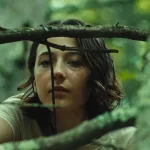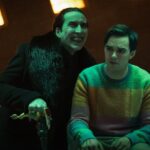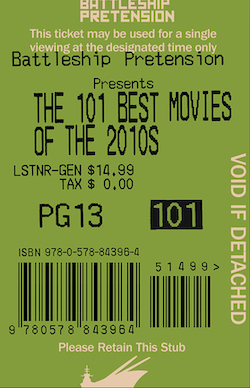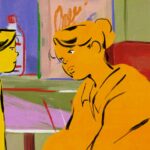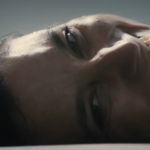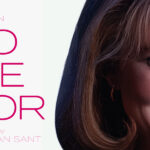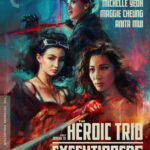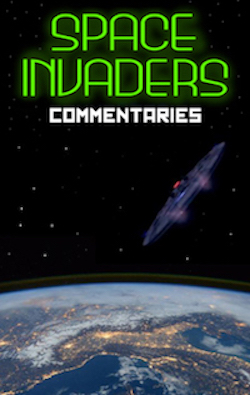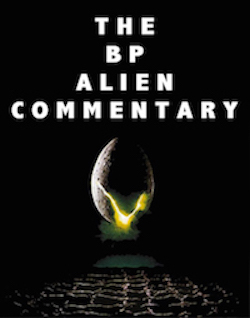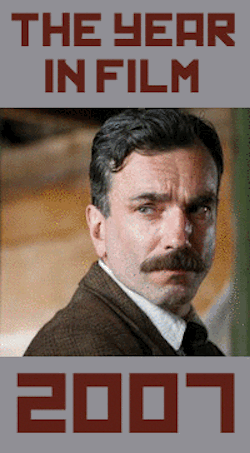Sundance 2021: Censor, by David Bax

One of the first things that strikes you about Prado Bailey-Bond’s Censor is that, despite being set in early 1980s U.K. amidst the milieu of the era’s controversial “video nasties,” it could not be mistaken for any of those films or for being from that time at all. With its cool color saturation and starkly balanced scope compositions, it’s unmistakably a movie of today. That’s not a failing on Bailey-Bond’s part; on the contrary, that irony is clearly her intention. Censor has a good, twisted laugh at how fakey the gore of these banned and censored films actually was, all decapitated mannequins and imperial red blood. As the film progresses, though, and our protagonist descends, the aspect ratio changes to VHS standard 1.33:1–the frame literally closes in on her–and the differences between our time and that of the film ceases to matter all that much.
Enid (Niamh Algar) is a government censor whose job it is to demands cuts to violent horror films or, in extreme cases, ban them outright. When she views a movie whose plot bears a striking resemblance to half-buried memories of her traumatic childhood, she sets out to track down the reclusive director (Adrian Schiller) and the actress (Sophia La Porta) she’s convinced have the answers she’s seeking about her past.
Like those Enid watches all day, Censor is a horror movie. But it doesn’t mine its frights solely from graphic violence (it does have its share, though). Rather, the terror comes from Enid’s decreasing ability to tell reality from her creepy, bad trip nightmares. Bailey-Bond doesn’t give us any relief from the panic, either, maintaining a subjective point of view that keeps us as paranoid and bewildered as Enid.
In a meta-joke moment, one of Enid’s coworkers accuses her of “losing the plot.” It’s a well-worn euphemism for confusion, of course, but it’s also a literal description of what’s happening in the movie.
There’s more than just metaphor to Bailey-Bond’s comparing Enid’s reality to the movies she watches and, indeed, the very movie we are watching. It speaks to the crux of her inquiries and examinations. Policy makers and other moralizing sorts talk of violence in art as a dangerous inspiration to impressionable viewers. Defenders say it goes the other way, with the movies providing an outlet for the darkness and horror inherent to mankind. Censor makes the case that, as in all things, it’s not that simple. A chicken/egg model is too reductive to attempt to make sense of the cycle of violent expressions–both empirical and artistic–mankind is capable of producing.


